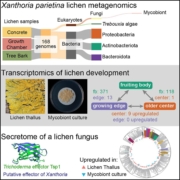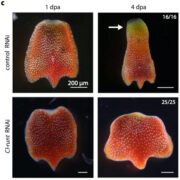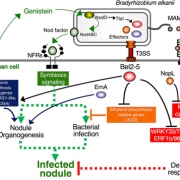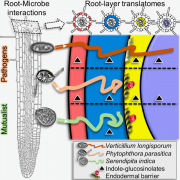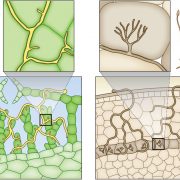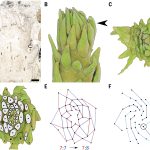Essay: The coming golden age of lichen biology
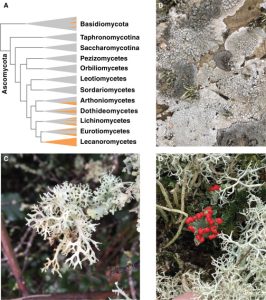 Lichens are remarkable, complex symbiotic organisms. They have evolved multiple times independently, but all lichen include at least one fungal partner (the mycobiont) which they usually resemble morphologically, and at least one cyanobacterial or algal photosynthetic partner (the photobiont). This partnership provides environmental durability plus the power of photosynthesis, making lichen pretty ubiquitous; they can be found almost everywhere. But, as Scharnagl et al. observe, they remain poorly studied and understood. In this essay, the authors highlight the fundamental questions that remain about lichen and what might be gained from further study of these organisms. Some of the most interesting questions address how the two (or more) organisms recognize each other and coordinate the regulation of their genes; how much if any similarity is there with the interactions between plants and fungal pathogens? How are nutrients exchanged between partners, and what can be learned from lichen’s tolerance of extreme environments? The authors conclude with a “call to arms”, encouraging researchers to participate in addressing these and other fundamental questions about lichen biology. (Summary by Mary Williams @PlantTeaching) Curr. Biol. 10.1016/j.cub.2023.03.054 (See also the rest of this special issue on Plant Interactions https://www.cell.com/issue/S0960-9822(22)X0012-2).
Lichens are remarkable, complex symbiotic organisms. They have evolved multiple times independently, but all lichen include at least one fungal partner (the mycobiont) which they usually resemble morphologically, and at least one cyanobacterial or algal photosynthetic partner (the photobiont). This partnership provides environmental durability plus the power of photosynthesis, making lichen pretty ubiquitous; they can be found almost everywhere. But, as Scharnagl et al. observe, they remain poorly studied and understood. In this essay, the authors highlight the fundamental questions that remain about lichen and what might be gained from further study of these organisms. Some of the most interesting questions address how the two (or more) organisms recognize each other and coordinate the regulation of their genes; how much if any similarity is there with the interactions between plants and fungal pathogens? How are nutrients exchanged between partners, and what can be learned from lichen’s tolerance of extreme environments? The authors conclude with a “call to arms”, encouraging researchers to participate in addressing these and other fundamental questions about lichen biology. (Summary by Mary Williams @PlantTeaching) Curr. Biol. 10.1016/j.cub.2023.03.054 (See also the rest of this special issue on Plant Interactions https://www.cell.com/issue/S0960-9822(22)X0012-2).


